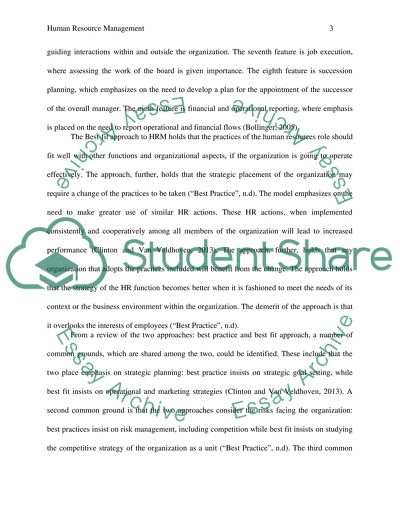Cite this document
(The Introduction of SHRM at Organizations Research Paper, n.d.)
The Introduction of SHRM at Organizations Research Paper. Retrieved from https://studentshare.org/human-resources/1613099-human-resouce-management-essay
The Introduction of SHRM at Organizations Research Paper. Retrieved from https://studentshare.org/human-resources/1613099-human-resouce-management-essay
(The Introduction of SHRM at Organizations Research Paper)
The Introduction of SHRM at Organizations Research Paper. https://studentshare.org/human-resources/1613099-human-resouce-management-essay.
The Introduction of SHRM at Organizations Research Paper. https://studentshare.org/human-resources/1613099-human-resouce-management-essay.
“The Introduction of SHRM at Organizations Research Paper”, n.d. https://studentshare.org/human-resources/1613099-human-resouce-management-essay.


